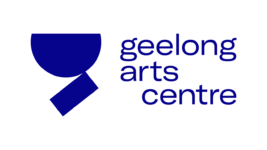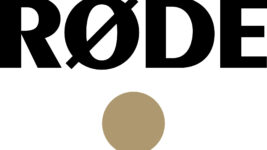REVIEW
10 Nov 2023
STAGE LIGHTING DESIGN
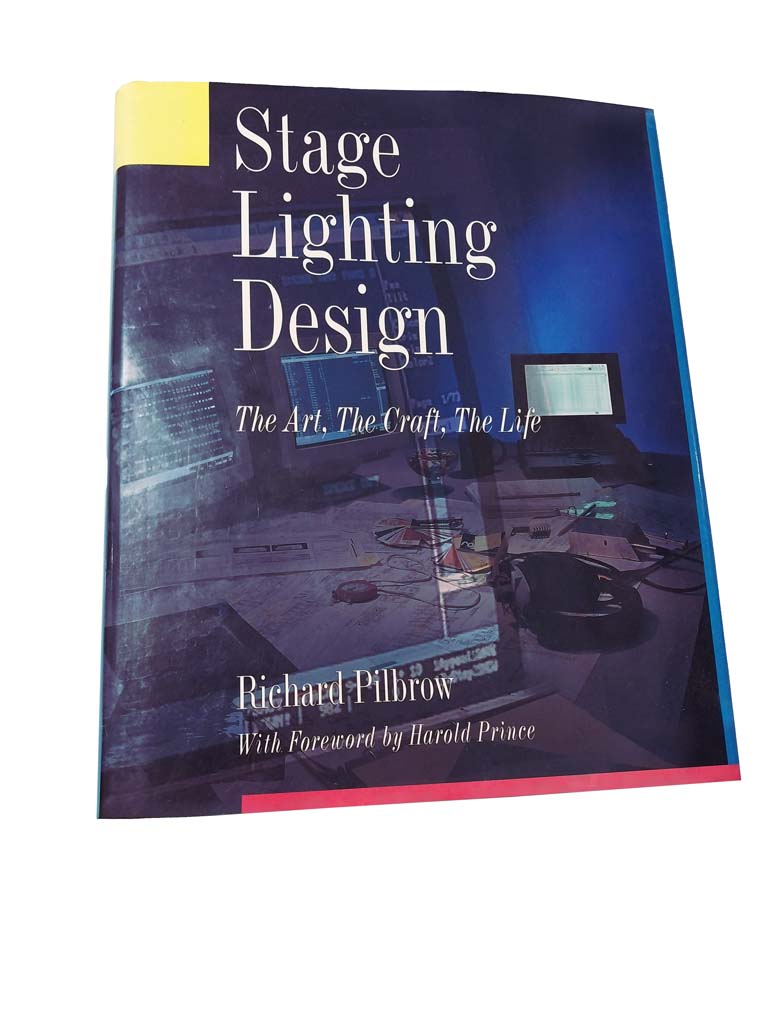
Subscribe to CX E-News
The Art, The Craft, The Life by Richard Pilbrow
About the Book
“Good planning will ensure that the designer is able to spend the maximum time on the creative part of the job.”
Stage Lighting Design – The Art, the Craft, the Life, has become a standard work used for teaching stage lighting worldwide. It could be said to be the quintessential book on stage lighting design. It was a unique book when it first came out in its original form back in 1970 and even today there isn’t another book quite like it. It was originally released as a book named Stage Lighting which has since grown and evolved into what it is today. This edition was published in 1997.
At 481 pages, it is a long book and it reads well, but you would have to be into stage lighting design to read it otherwise you wouldn’t be interested enough to finish it.
It is an unapologetically niche book, written with a relatively small but growing target market in mind.
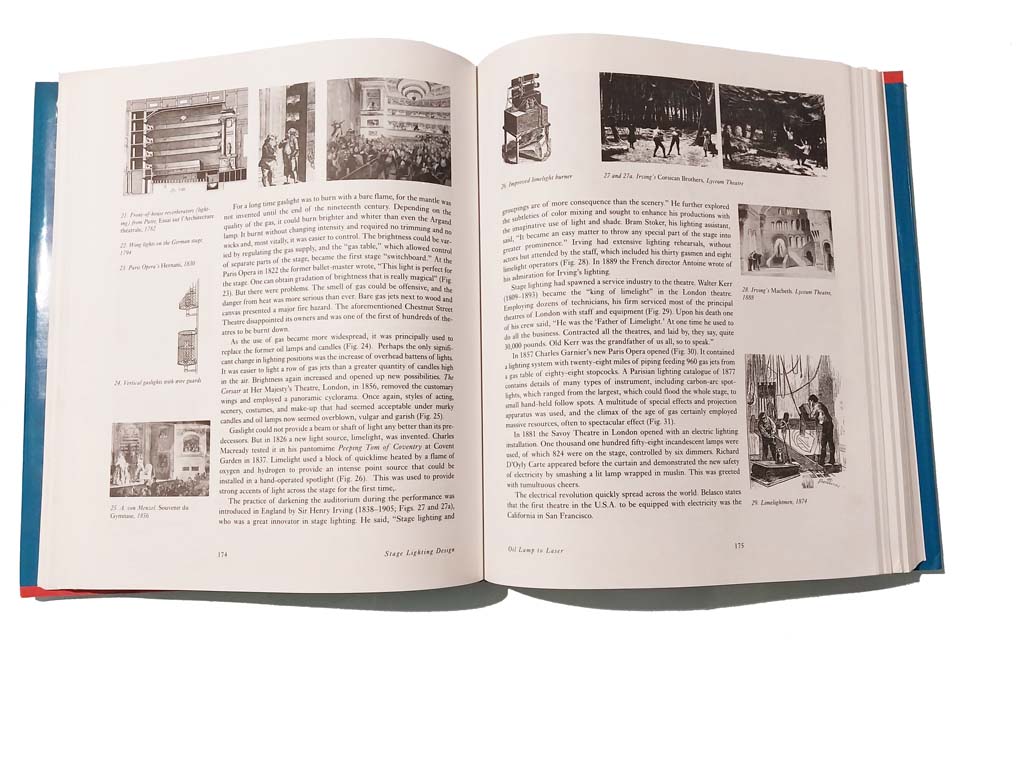
The book is formally divided into four parts:
Design
The first section of the book delves into lighting design for the theatre stage. I think it is the best section of the book. It offers an approach and a few loose rules to keep in mind when lighting a performance space. “To light the actor’s face more naturally, the spotlight should be placed roughly 45 degrees above and 45 degrees to the side.” Many of the concepts and ideas offered in this text were groundbreaking at the time and came as a result of trial and error.
Much of what we read here has become almost standard industry practice the world over.
History
As one would expect, the history section covers a look back at the history of theatrical stages and set ups as they relate to lighting. It also gives a history on lighting fixtures, lighting accessories and lighting control systems. It also talks about the influences lighting has had on theatre design and performance over the years.
The Life
This section is filled with anecdotes from the author himself as well as interviews with other well-known lighting designers. Very interesting and very insightful, even if a lot of the stories are from 40, 50 or even 60 years ago. It gives a good insight as to the thought processes and approaches these lighting designers took to their work and their challenges at work.
Mechanics
This final section of the book goes through a range of lights and control systems. Today, this section is very outdated. Most of the lights and consoles you wouldn’t use anymore.
Interesting if you are into old lights and consoles, and curious as to their specs and limitations. This section would have been a gold mine of reference material back in its day and would have saved hours trying to obtain the information found here. Although no longer relevant to modern stage lighting, one has to respect the amount of work and dedication that has gone into compiling this last section of the book.
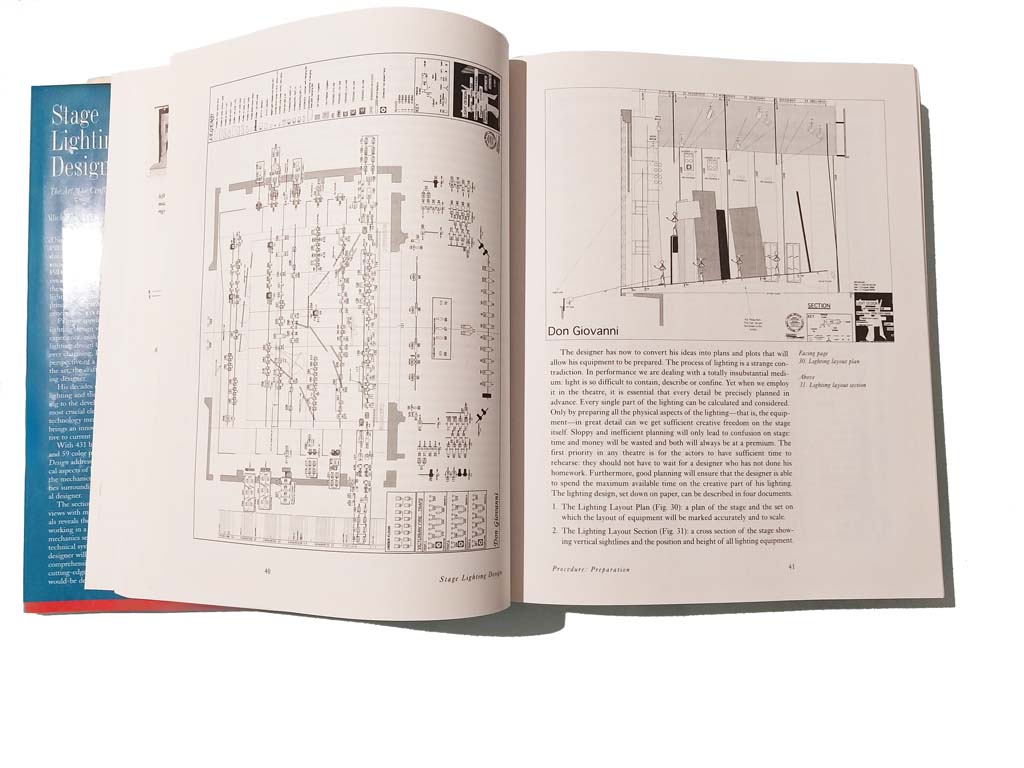
Who is the book for?
The book is for any active or aspiring lighting designer, especially a theatre lighting designer, wishing to gain a more practical understanding on lighting design as an art form and a career.
Who might also benefit from reading this book?
Anybody considering a career in lighting design, lighting as a technician or operator. Anybody working backstage in theatre may also be interested.
Who is this book not for?
Anybody chasing a quick overview of stage lighting, a ‘lighting 101’, if you will. There are plenty of other excellent books out there that give an overview of stage lighting and how the pieces fit together, this one has a more unique angle in that it is about an approach to lighting design.
What I liked about the book
Although used as a learning text, I like that it was not written as a textbook. This made it a lot easier to read at nearly 500 pages. With the exception of the third section, it was a very engaging book. It’s a book that is not for everyone, and I like that the author kept to his audience and didn’t try and expand out into different parts of lighting, theatre or live entertainment.
How it could have been better
The third section went a little too long. Had I not been reading the book to review it I likely would have skipped over a good part of this section.
Verdict
It is not a book you just read out of curiosity, but one you read if you are serious about lighting design. The target market for this book is quite small, but it is a legendary book within its field. A must-read for any current or aspiring lighting designer, especially one looking to establish themselves in the theatre space.
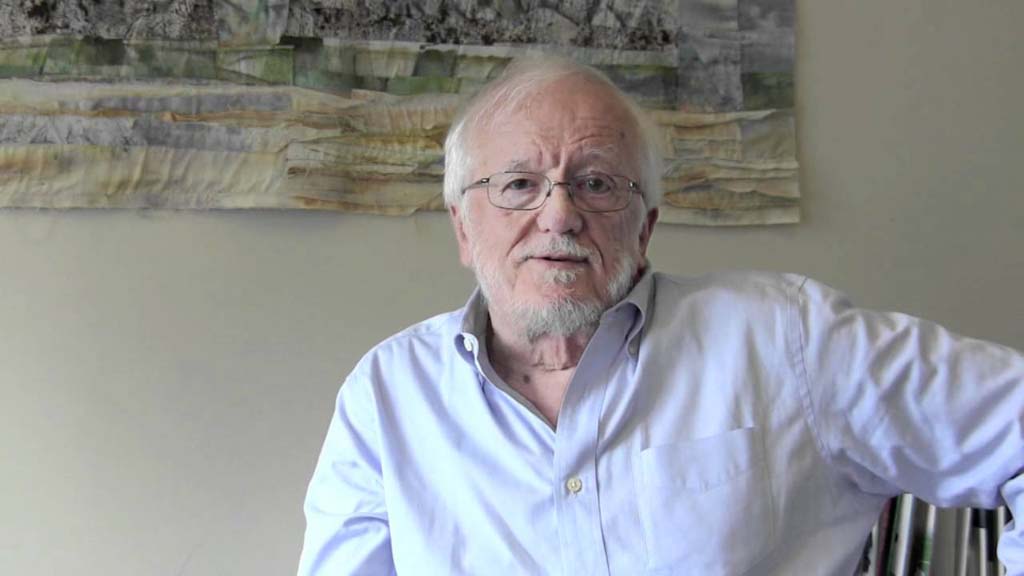
About Richard Pilbrow
Richard Pilbrow is a pioneer of modern stage lighting in Britain. He is an award winning lighting designer, theatre consultant, and author. He began work in theatre in London as a stage manager and in 1957 founded Theatre Projects Consultants. He has also been a successful theatrical, film and television producer. Richard turned 90 in 2023.
Ratings
Readability/structure 9/10
The design section reads very easily as it covers the concepts of stage lighting design. The history section was interesting and well worth reading. The life section was anecdotes and interviews, well written, started out interesting, but got a little long in the tooth. The mechanics section is well and truly outdated but was a gold mine of info on the lights and control systems of yesteryear. Overall the book is easy to read and well laid out.
Supporting materials 9/10
It is not really written as a ‘how to book’ as such, so supporting materials are not as vital in this book as they might be in others of a more instructional nature. With that being said, there were a few diagrams and drawings used to supplement the written text. Included were a number of lighting plots, shop orders, plans, sketches, and channel hook ups from real shows the author was a lighting designer for. These did show a few of the more subtle nuances of the job that may not necessarily be able to be communicated via text on its own.
Relevance 6/10
The book does go into the realities of working as a lighting designer, not just the theoretical applications. “The problem is that he will have to finalise his equipment requirements long before the actors have finalised their performances. He will thus have to make sufficient allowance for any reasonable changes that may occur.” The book becomes less relevant the longer you read on. This is the nature of the book, and also has a lot to do with time. When the book was written, the last section of the book would have been extremely relevant as a resource, which on its own would have justified paying full price.
Nowadays it reads as a lot of outdated spec sheets. The first section of the book is still relevant and is almost timeless. The book arguably would have scored higher and been more relevant if it had just included the first two parts of the book.
Usefulness 8/10
For an aspiring or current lighting designer, this book is very useful and is a must read. It’s a book worth owning too as you would likely refer back to it over time.
Value for money 8/10
Costing $126 it figures to be good value for an almost 500 page book. Packed with a lot of relevant information and a unique approach to stage lighting. A must-have in any lighting designer’s library.
Overall 40/50 = 4 Stars
Subscribe
Published monthly since 1991, our famous AV industry magazine is free for download or pay for print. Subscribers also receive CX News, our free weekly email with the latest industry news and jobs.




